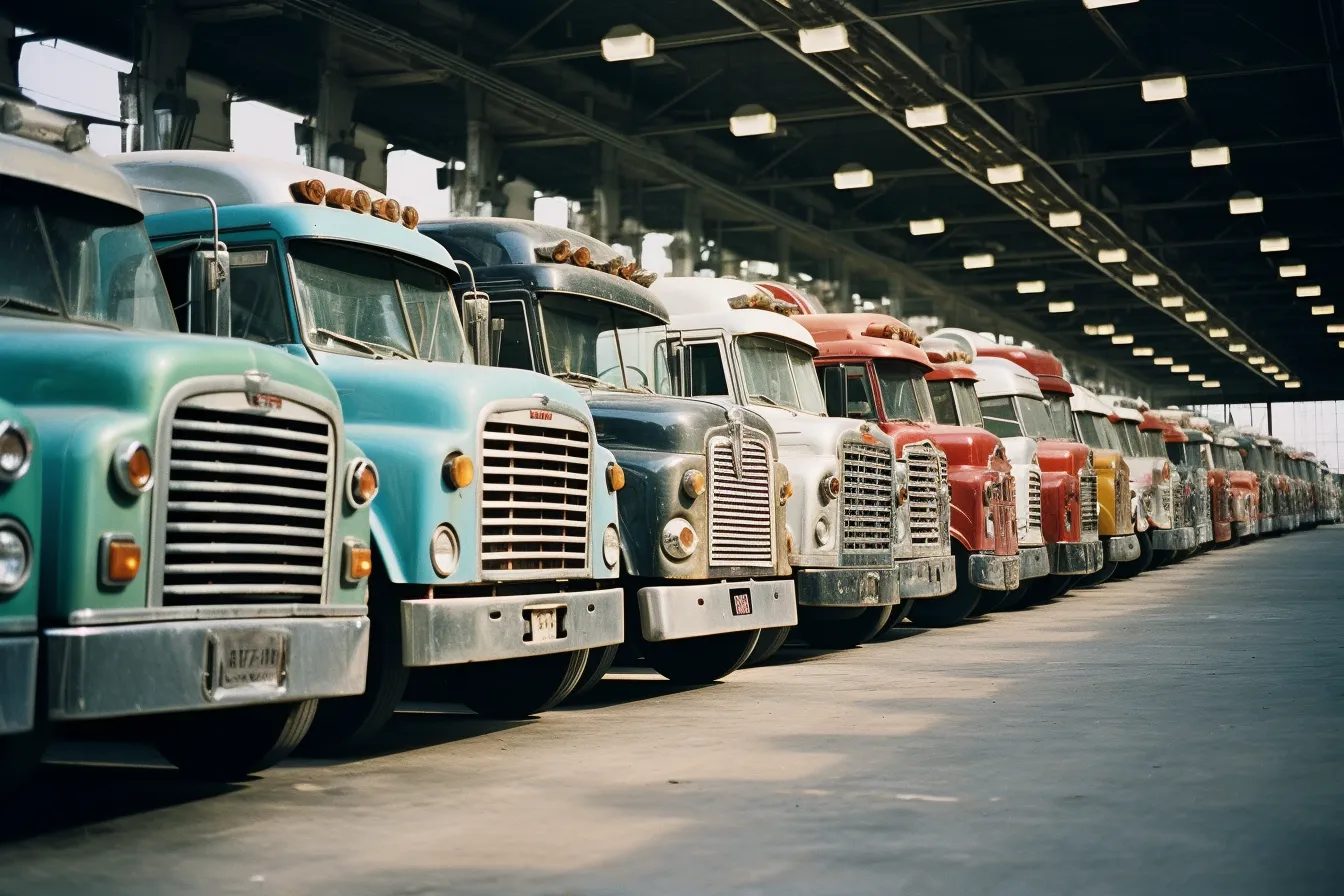Recognizing the signs of wear and tear is essential for any business owner or individual who relies on equipment to carry out their daily operations. Whether you are managing a manufacturing plant, a construction site, or even just a small home office, understanding the lifespan of your equipment is crucial for long-term success. In this article, we will explore the various factors that can affect the lifespan of equipment and help you determine when it is time to upgrade.
Factors Affecting Equipment Lifespans
Before we dive into the signs that indicate it’s time for an upgrade, let’s discuss the factors that can impact the lifespan of your equipment. Knowing these factors will help you make informed decisions regarding maintenance, repairs, and replacements.
1. Usage Intensity – How often and extensively you use your equipment can significantly affect its lifespan. Heavy usage and constant strain can accelerate wear and tear, shortening the overall lifespan.
2. Maintenance and Care – Proper maintenance and regular care are vital for extending the life of your equipment. Neglecting routine maintenance tasks can lead to premature breakdowns and a shorter lifespan.
3. Technological Advances – As technology advances, newer equipment models may offer improved efficiency, durability, and functionality. Sticking with outdated equipment can hinder productivity and lead to a competitive disadvantage.
Signs It’s Time to Upgrade
Now that you understand the factors influencing equipment lifespans, it’s crucial to be able to recognize when it’s time to upgrade your equipment. Here are some common signs that indicate your equipment may be nearing the end of its lifespan:
1. Frequent Breakdowns – Equipment that requires frequent repairs is a clear indication that it may be time to upgrade. The costs associated with repeated breakdowns can quickly outweigh the benefits of maintaining and repairing aging equipment.
2. Decreased Efficiency or Performance – If you notice a significant drop in the efficiency or performance of your equipment, it could be a sign that it is no longer capable of meeting your needs. Outdated technology may struggle to keep up with modern demands.
3. Increased Maintenance Costs – As equipment ages, the cost of maintenance and repairs tends to escalate. If you find yourself spending a large portion of your budget on keeping your equipment running, it may be more cost-effective to invest in newer, more reliable models.
4. Safety Concerns – Equipment that poses safety risks due to outdated or worn-out components is a serious liability. Prioritizing the safety of your workers or users should be a top priority when considering an upgrade.
5. Incompatibility with New Technology – If your current equipment cannot integrate with newer technologies or software systems, you may face operational inefficiencies. Upgrading to equipment that aligns with industry standards can streamline your operations and improve productivity.
Making the Decision to Upgrade
Deciding when to upgrade your equipment requires careful consideration of the factors discussed above. Assess the costs, risks, and benefits associated with upgrading versus maintaining your old equipment. Additionally, consider consulting with industry experts or equipment suppliers who can provide valuable insights tailored to your specific needs.
Remember, proactively monitoring the condition and performance of your equipment is key to making informed upgrade decisions. By recognizing the signs of wear and tear early on, you can minimize downtime, reduce costs, and ensure your operations continue running smoothly.
